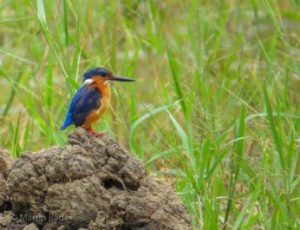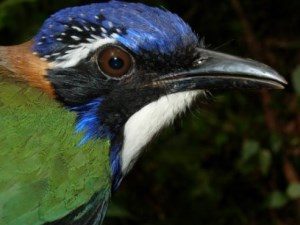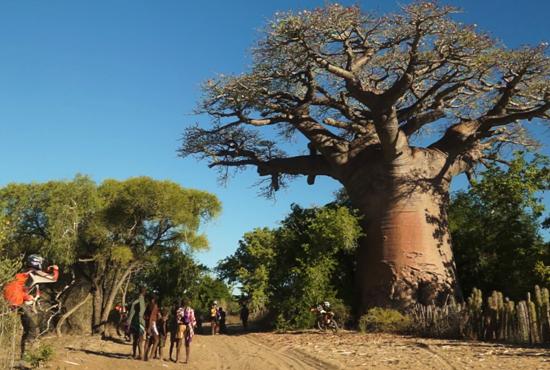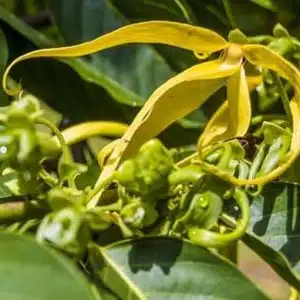, which allowed for the evolution of a wide range of plant and animal species.
Isolated location and that only about 2000 years ago people started settling on the island.
For example, about half of the bird species are native to no other place on Earth. Especially the island’s forests provide birds with very good living conditions, so that numerous endemic bird species occur, especially in the eastern rainforests. But also the thorn forests in the deep south of the island host numerous species that can be observed throughout the whole year.
The best time for birdwatching in Madagascar is during the summer months from September to April. With careful planning and detailed advice, it is also possible to visit the island in winter and discover Madagascar’s birdlife.
Madagascar covers an area of over 500,000 square kilometers, making it about 1.5 times the size of Germany. However, due to poor road conditions, traveling around the island can be quite challenging.
It can be challenging to visit multiple locations on the island without an experienced guide, especially since they are often far apart. For regular travelers, a slow travel pace is recommended. However, specific trips, such as an Ornithological Trip through Madagascar, require visiting several national parks in a short period of time. It is generally not advisable to plan more than 5 destinations for a 3-week period. For bird watchers and ornithologists, domestic flights are ideal for exploring the diverse regions in a single trip.
When creating a travel itinerary, it is important to have an experienced guide create a customized route. Explore more at: Ornithological Trip through Madagascar.
Creating a birdwatching route in Madagascar allows for individual preferences and different weather conditions to be taken into account. Such a route could lead a birdwatcher to Andasibe, Perinet (Analamazoatra), Mantadia, Ialatsara, Ranomafana, Berenty, Zombitse-Vohibasia, Ifaty, Saint Augustin, Montagne d’Ambre, Masoala Rainforest, or Ankaranafantsika.
Popular destinations for ornithologists
Andasibe, Perinet (Analamazoatra), and Mantadia are certainly a
The most popular and easily accessible ways to observe birds in Madagascar are located just three hours from the capital city of Antananarivo on the RN2 towards Tamatave. Another easily accessible option is the Ialatsara Lemurs Forest Camp, located in a secondary Eucalyptus forest directly on the RN7 between Ambositra and Fianarantsoa or Ranomafana. This is a pleasant way to observe animals if you don’t have the time to travel to Ranomafana. In addition to birds, you can also observe other animal species such as Sifakas, Red-bellied Lemurs, Mouse Lemurs, and Chameleons. Despite this, visiting the easily accessible site of Ranomafana National Park is definitely worth a visit. This mountain rainforest is located between Fianarantsoa and Manakara, at about the same altitude as the more northern Andasibe National Park. The Montagne d’Ambre in Madagascar’s north is also easily accessible from Antsiranana (Diego Suarez).
Surrounded by the dry savannah between Isalo National Park and Tulear is the Zombitse-Vohibasia. This park provides excellent opportunities to get close to birds. For birdwatching in the spiny forest, the Reniala Reserve is a great choice. The rare Madagascar Ground Roller is found only in this area. About 30km south of Saint Augustine is located directly below the Tropic of Capricorn in Tulear.
We advise against visiting the Berenty Private Reserve. This park between Fort Dauphin and Cap Saint Marie is largely overrated. However, we are happy to provide individual advice on which destinations are suitable for your specific interests. We also offer expert guidance and organize logistics for the Scientific Research Trips we have designed.










